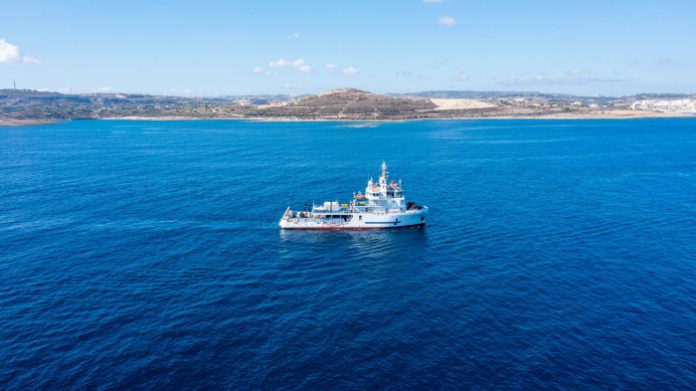Interconnect Malta (ICM) launched the front-end engineering design and the
environmental impact assessment studies of Interconnector 2, the second electricity interconnection project between Malta and Italy.
The Company is launching these studies as it completes the preliminary marine route survey (PMRS) along the project’s proposed subsea cable route. Fugro Italy SpA, the contractor entrusted with this study, surveyed the 100-kilometre route between Bahar iċ-Ċagħaq in Malta and Marina di Ragusa in Sicily, to obtain the bathymetric, geophysical, geo-technical and environmental data required to plan the safest and most sustainable route of the submarine cable.
Following an international call for tenders, Interconnect Malta recently awarded the front-end engineering design (FEED) of this project to a joint venture between CESI SpA (Centro Elettrotecnico Sperimentale Italiano) and Techfem SpA. This contract includes high-voltage network studies and detailed design of land and subsea routes, land-sea transitions, cable protection methods, size and material of the onshore and subsea cables, and other ancillary equipment needed for the project. These designs
and specifications will be required for the upcoming permitting process, as well as the eventual engineering, procurement and construction (EPC) tenders for the purchase, installation and commissioning of Interconnector 2.
Through another two public calls for tenders, Interconnect Malta also contracted AIS Environment Ltd and HPC Italia for the environmental impact assessments (EIAs) required as part of the process to obtain the development permits for this project’s infrastructural works in Malta and Italy. The EIAs will evaluate the potential environmental impacts of the project, taking into consideration the offshore cable route, landing sites and terrestrial cable routes and, where necessary, advise mitigation
measures.
Apart from augmenting security of supply to meet present and future electricity demand, Interconnector 2 will also provide the necessary reserve capacity to accommodate the energy output intermittency of Malta’s ever-increasing share of grid-connected renewable energy sources, contributing to the country’s climate objectives, for a better quality of life.










